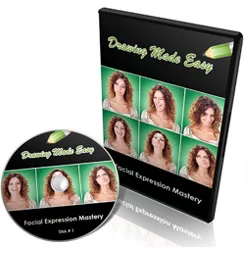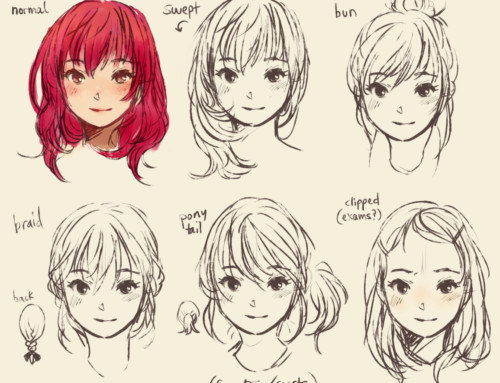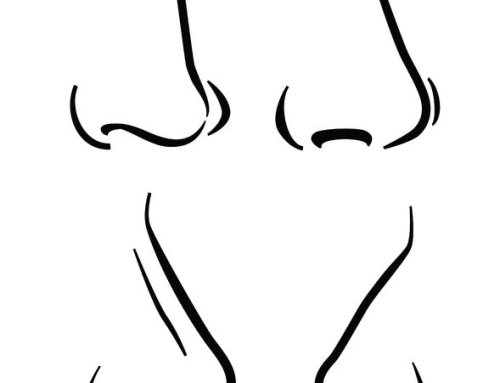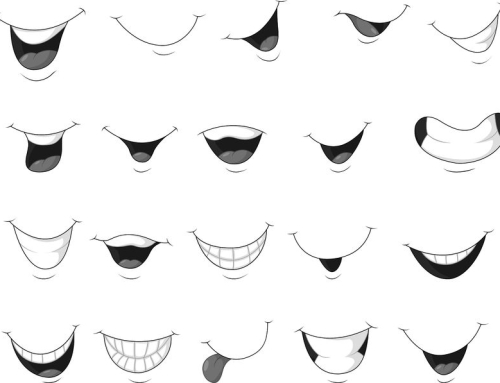Eyebrows are funny things, generally relied on too heavily by cartoonists and not enough by realistic artists.
In truth, they do have a wide range of motion and are very important to showing expression …
… realistic or cartoonish–on a face, because they reflect how the muscles are pulling in the forehead.
Scowls, surprise, sadness, confusion, frustration, inquisitive looks, boredom and anger are just a few expressions that bring to mind instant and marked changes in the position of eyebrows.
Eyebrows are going to move with the eyes, and emphasize the emotion being shown there.
Because the muscles that circle the eyeballs are connected to muscles in the forehead, to say “the eyes widened in surprise” is typically another way of saying “the eyebrows lifted in surprise.”
Of course, the eyes can widen without eyebrow involvement, but the visual result will be a different degree of surprise than what you get by lifting those those eyebrows as well.
The same thing goes for anger, boredom, and the other expressions listed above. It is usually possible to make the expression without moving your eyebrows, but it’s not typical.
Don’t be worried that showing movement in the eyebrows will turn a realistic portrait into a cartoon; if it is a concern, just don’t make the movement exaggerated. In real life, eyebrows lift and arch, pull together and dip down.
In cartoons, they fly off the head and are either closer or farther from the eyes than what is realistic.
For more realistic drawings, the expressiveness of the eyebrows is not only in the shape of the arch, but the folds and wrinkles of the brow that pop up when the eyebrows move.
Definite wrinkles appear between the eyebrows in an angry expression.
In a empathic, concerned look, those lines become slight puckers. In expressions that call for raised eyebrows, such as confusion, laughter, or disbelief, wrinkles appear in the forehead above the eyebrows to show that the muscles are pulling upward.
Study where those lines should go and make sketches both with and without them, then keep only what is absolutely necessary for the expression.
Too many lines make the drawing look messy and can often add unwanted age to your characters.
Facial Expression Mastery is generously illustrated showing you step-by-step how to make your drawings facial expressions look life like.
With clear (and fun) instructions on how to draw …
… you’ll learn at your own pace in the comfort of your home.
You get 10 high definition videos with simple and easy to follow written instructions.
By the end of it — you’ll know exactly how to make your drawings jump off the page.










